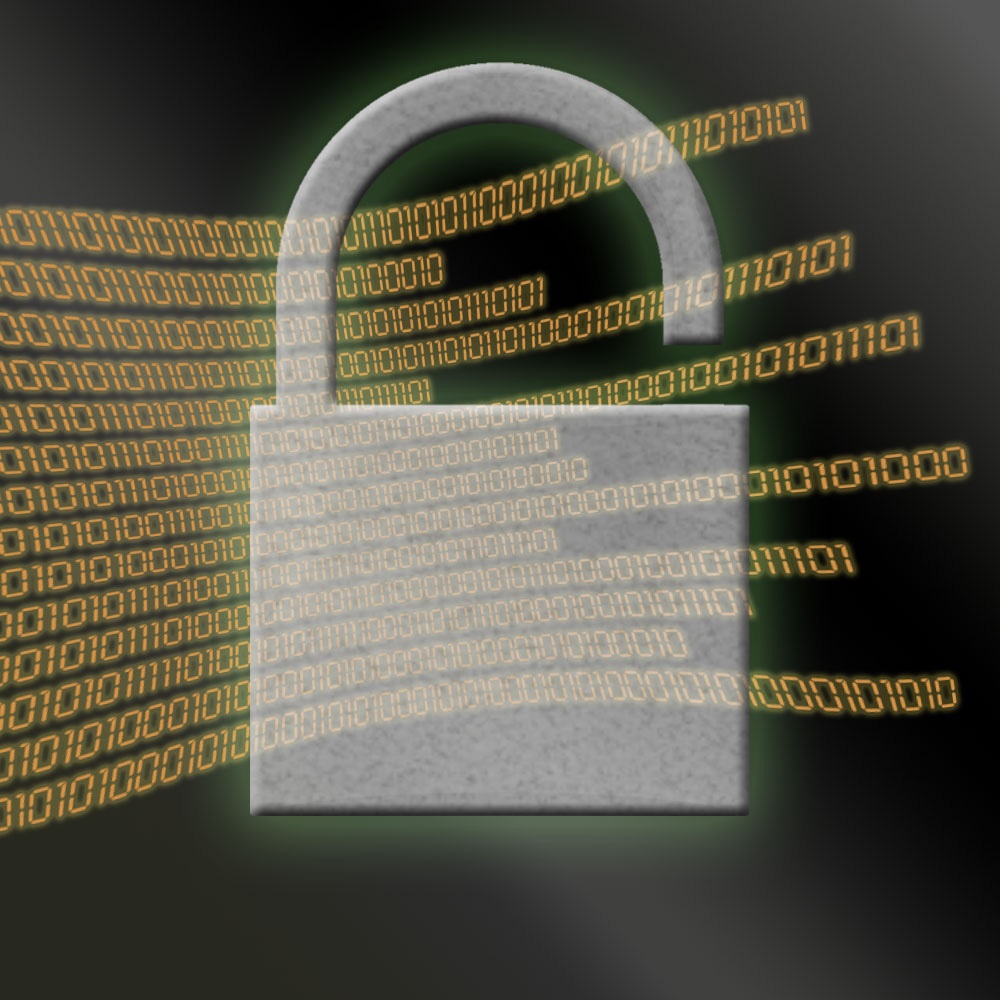Asymmetric Resilient Cybersecurity
We are delivering the theory, processes, methodologies, and algorithms that will enable a resilient cyber infrastructure with an asymmetric advantage to thwart adversaries who seek to infiltrate and damage our national security through digital means….


